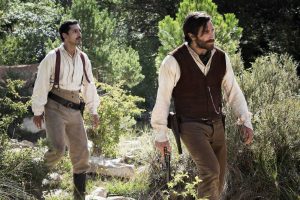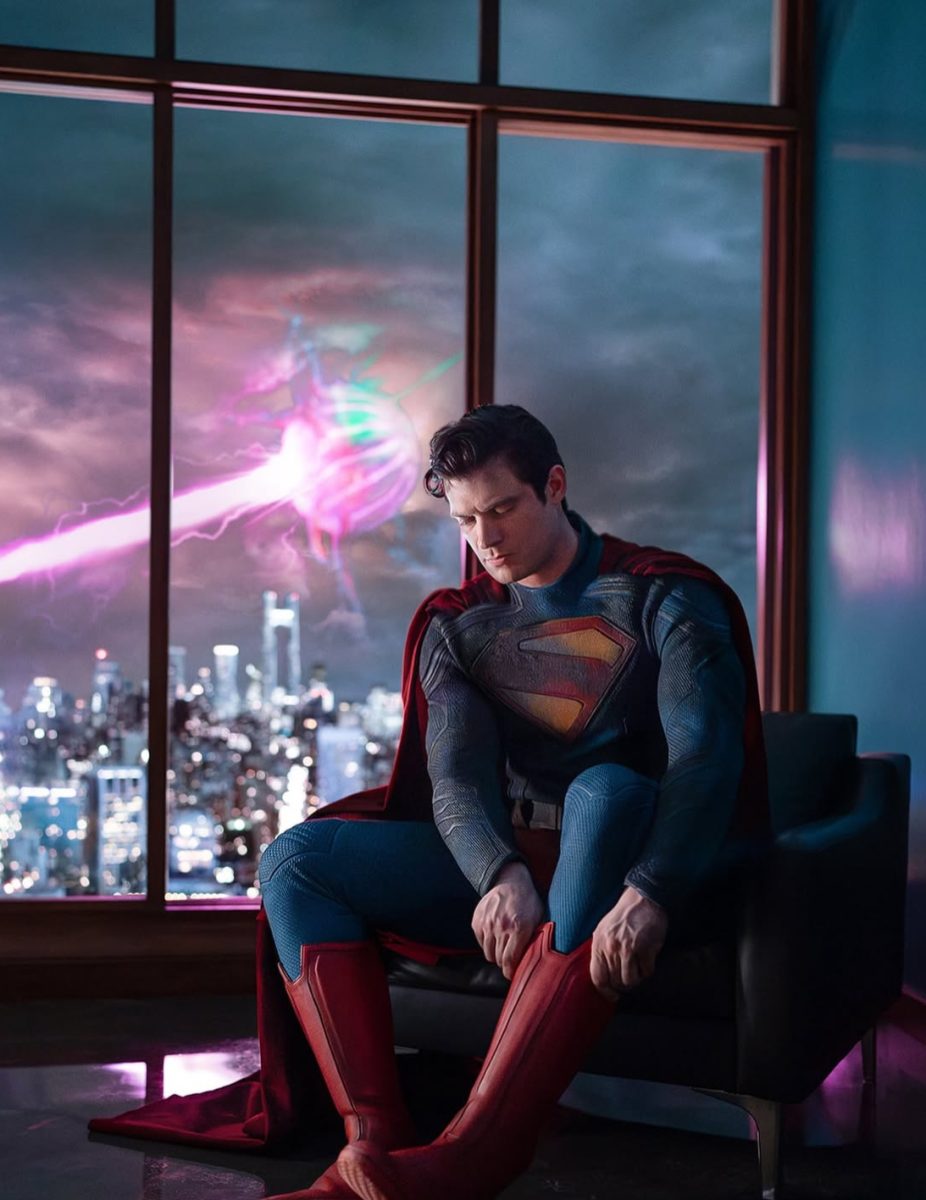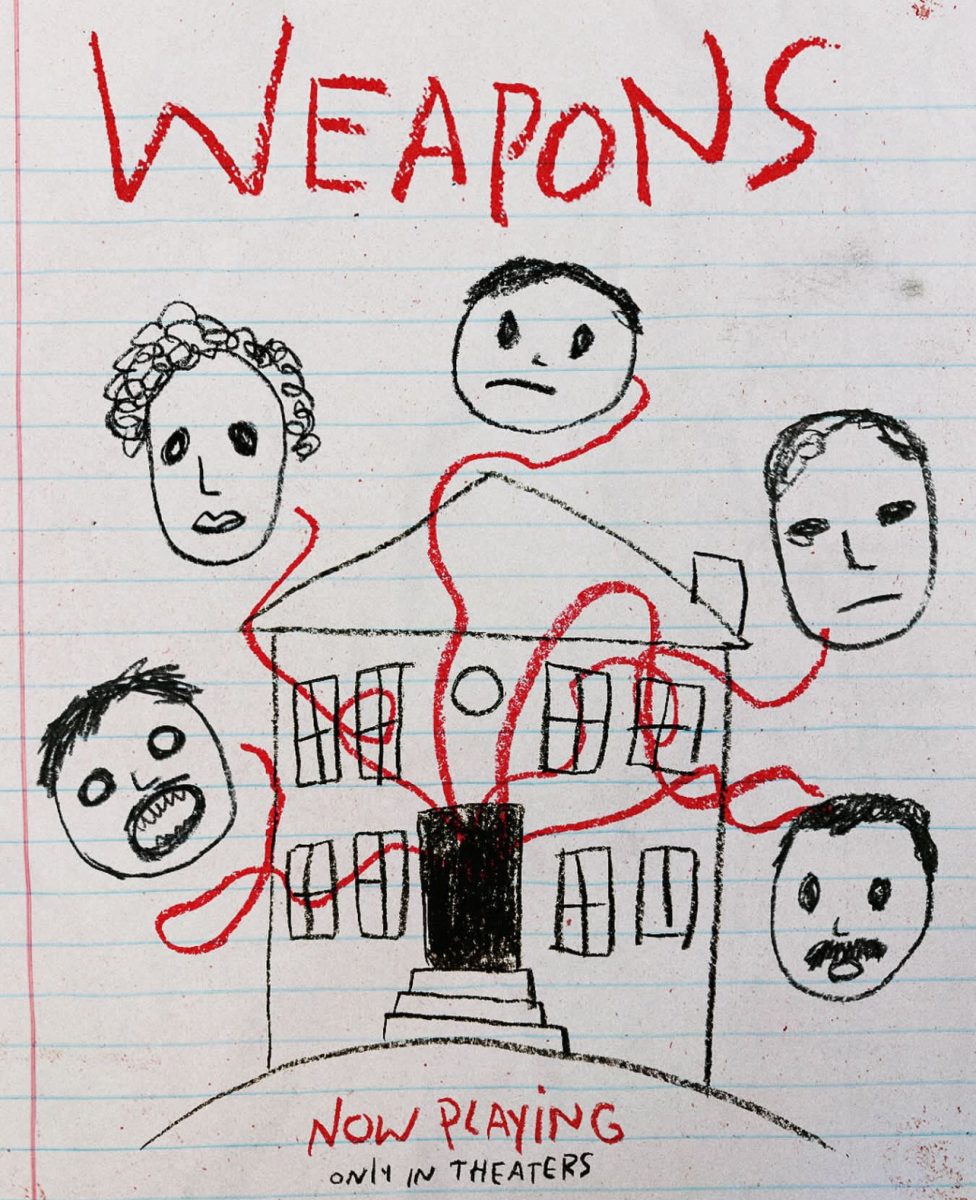By Matt Dillon
French director Jacques Audiard helms the film adaptation of the Western novel, The Sisters Brothers. Starring John C. Reilly and Joaquin Phoenix as the titular duo, the film follows the dark and, at times, comedic exploits of Eli and Charlie. The squabbling hired guns are tasked by the influential but distant “Commodore” to pursue would-be prospector Hermann Kermit Warm (Riz Ahmed). The latter manages to convince the brothers’ partner John Morris (Jake Gyllenhaall) to work with him after revealing his secret to exploiting the Gold Rush. The Sisters Brothers might have its awkward moments, but it manages to capture the sense of adventure and danger that defines a classic Western.
The Sisters Brothers hinges on the charisma between Reilly and Phoenix. The two actors strike a balance between the disdain and affection their characters have for one another. Without their performances, it is unlikely The Sisters Brothers could have captured that important dynamic. Eli’s often hopeless attempts to limit Charlie’s self-destructive nature contrast nicely with the farmer’s inability to recognize his own flaws. The two brothers are distinct and complex figures, who have charming, yet ruthless personalities. There is a hidden tenderness to each of them that is not found in the classic Western hero, which makes their lower moments even more shocking. The Sisters Brothers is prone to clumsy dialogue, either in an attempt to serve as exposition or to give it a historical feel. Thankfully, Reilly and Phoenix add a human touch to all but the worst examples of it, as they also do with the main characters.
There is a noticeable difference in quality in the scenes that lack Reilly and Phoenix. Gyllenhaal and Ahmed quickly establish their own characters’ motivations, but their interactions are nowhere near as magnetic or developed as those of the Sisters brothers. Admittedly their plotline is the weaker of the two, mostly because Warm’s miraculous prospecting technique shatters the film’s suspension of disbelief. The Sisters Brothers’ grim sense of the humor is never at the expense of its historical setting, so Warm’s secret feels even more out of place as a result. The film seems to rush that detail to get to the film’s resolution, which is of far smaller scope but considerably more fulfilling.
The Sisters Brothers makes some interesting visual choices without straying too far from the Western canon. While it includes the gore and guts that are guaranteed in the modern cowboy flick, the film adds emphasis to its light and sound. The opening gunfight takes place in a nearly pitch-black environment. The only indication of what is happening comes from silhouettes, the flare of gunfire and various sounds. While it is nearly impossible to make out the details, the film creates such a strong image this way that it doesn’t matter. The film’s few other gunfights never try the same trick twice but maintain those rich elements. The camerawork does feel inconsistent in places and some of the makeup is unconvincing, but otherwise the film has strong visuals, especially when it comes to lighting and costuming.
The Sister Brothers manages to produce a memorable entry in one of film’s most oversaturated genres. It is not one of the greats by any means, but it does enough to distinguish itself. It definitely has its low moments, but the performances of its principal characters carries the audience through it.







































































































































































































